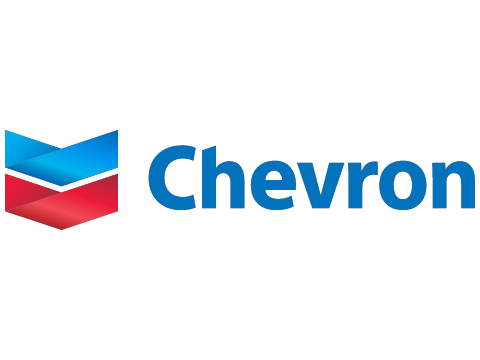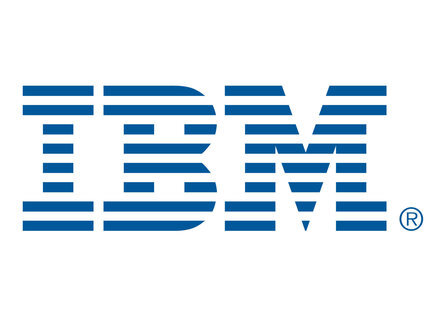Chevron
Chevron has mobilized local, regional and global teams to address the pandemic’s impact on the company and to proactively address potential risks. Chevron’s priority is keeping its workers, families, communities and customers safe. The company has also made a series of financial contributions to aid the response to this global crisis. Chevron is working closely with governments and healthcare experts around the world to ensure the company takes appropriate action to reduce the spread of coronavirus. Chevron is committed to striking a balance between social distancing and supplying the world with the energy that is essential to slowing the growth of the disease.
Protecting Customers
At Chevron-operated gas stations, the company has been following the Centers for Disease Control (CDC) guidelines and the guidance of international and local health authorities. It has increased the frequency of cleaning at its stations, provided gloves to cashiers and encouraged employees to take advantage of its paid sick leave program to stay at home if they have cold or flu-like symptoms or a fever. All frequently touched surfaces, like countertops, door handles, dispensers, buttons on equipment and self-service food equipment are cleaned approximately every 30 minutes. The company has also recommended that Chevron and Texaco retailers who operate their own stations follow safety guidelines issued by the CDC and World Health Organization.
Chevron is committed to providing customers with quality fuels and products in a safe environment and remains well-positioned to do so.
Supporting Communities in Need
Chevron believes in the power of humanity to solve any challenge. Together with its global partners, Chevron is enacting a series of social investments and support initiatives to help communities and nonprofits address the COVID-19 public health crisis.
In the U.S. alone, the company has donated more than $5 million to local relief efforts in several states including $2 million to match 2:1 employee contributions to U.S.-based nonprofits. Outside the U.S., Chevron is working with global partners on a variety of initiatives, such as helping to fund emergency services in remote parts of Western Australia and providing medical supplies to hospitals in Thailand. To date, Chevron has committed more than $12 million around the world to COVID-19 response efforts.
Learn more about Chevron’s COVID-19 response here.
Chevron in Thailand










